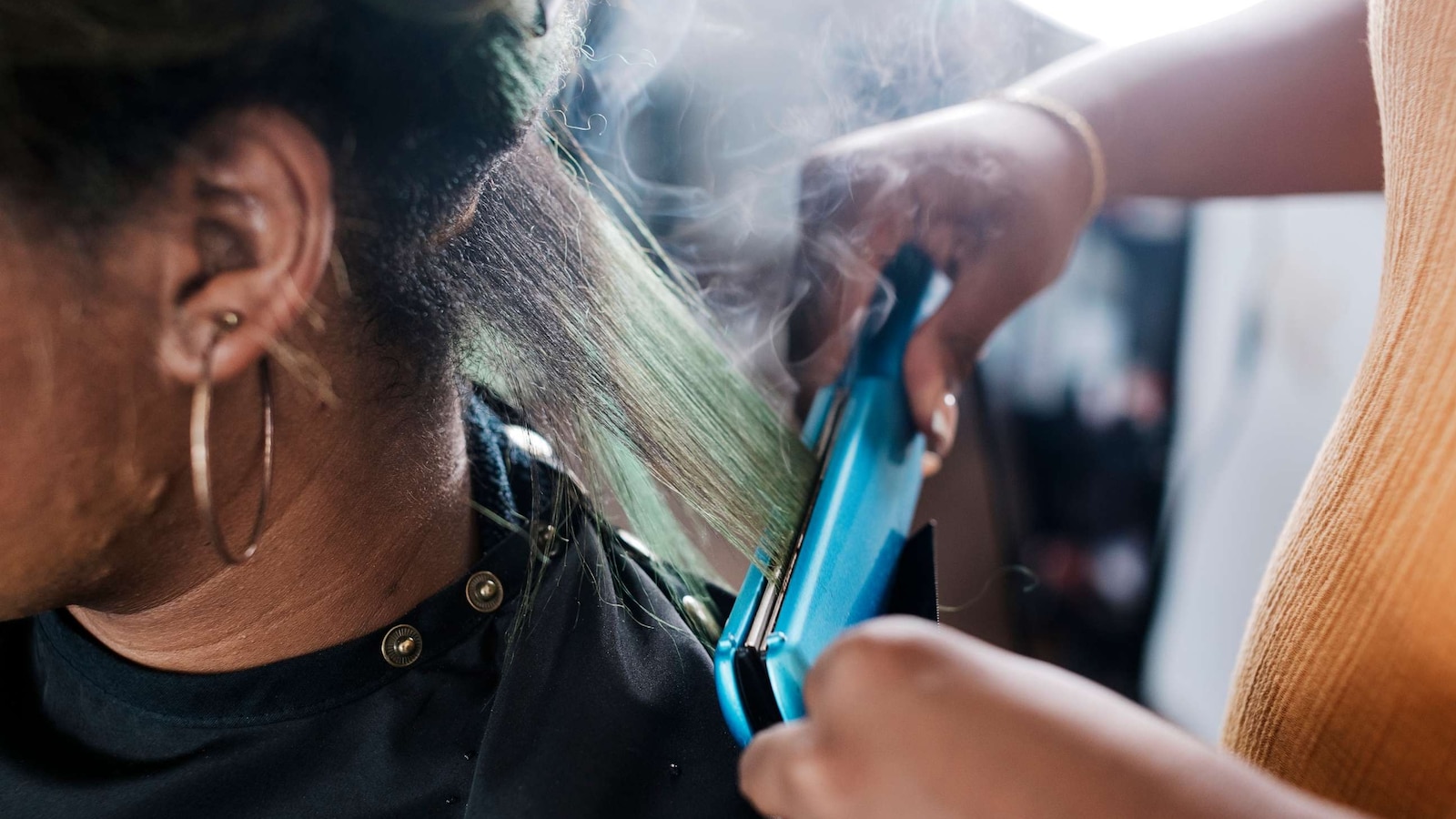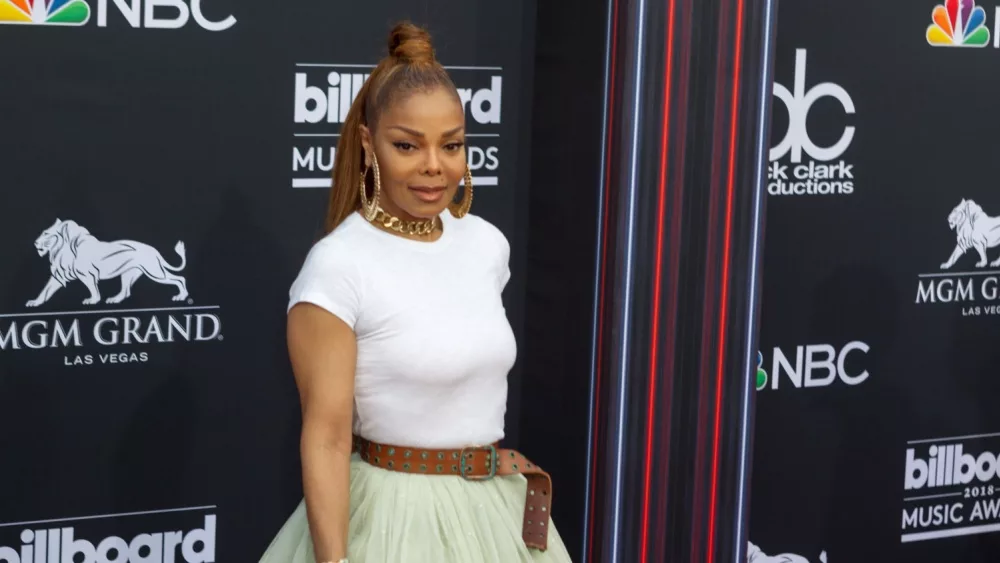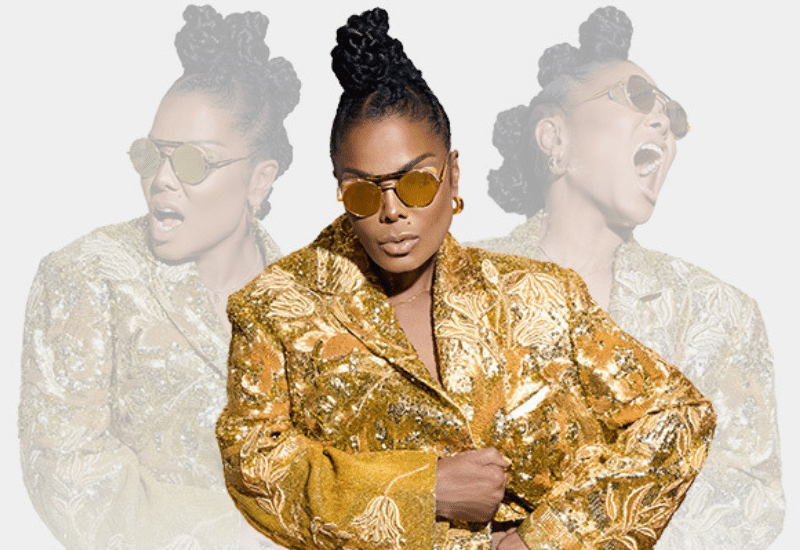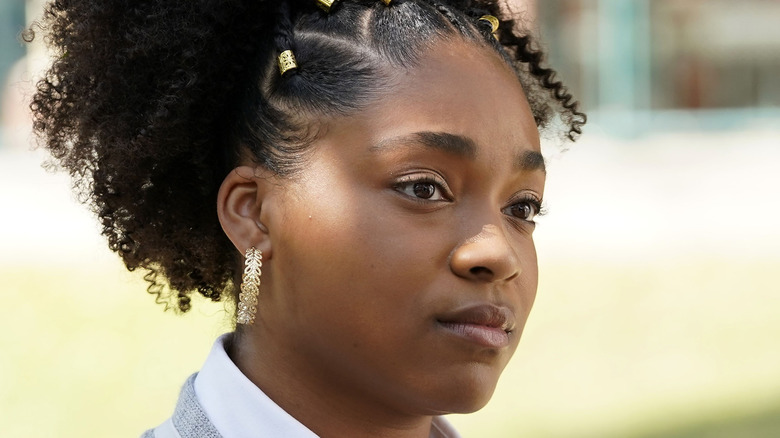Are Synthetic Hair Braids Harming Black Women's Health? A Comprehensive Look

Table of Contents
Traction Alopecia and Hair Loss from Synthetic Braids
Traction alopecia is a form of hair loss caused by prolonged pulling or tension on the hair follicles. Tight hairstyles, including synthetic braids that are too tight or heavy, can contribute significantly to this condition. The weight of synthetic hair extensions, combined with the tightness of the braiding style, puts immense stress on the hair follicles. This constant pulling weakens the follicles, leading to hair breakage, thinning, and ultimately, hair loss. Over time, this damage can become irreversible, resulting in permanent bald patches.
How can synthetic braids contribute to traction alopecia?
- Frequent tight braiding: Regularly installing tight braids puts constant stress on the scalp.
- Heavy extensions: The added weight of synthetic hair extensions exacerbates the pulling force on the hair follicles.
- Long periods of wear without breaks: Prolonged periods with braids installed without breaks allow for continuous tension on the hair and scalp.
- Use of harsh chemicals: The use of strong chemicals for styling or maintaining synthetic braids can further damage the hair and scalp.
Symptoms of traction alopecia include receding hairlines, thinning hair, scalp tenderness, and visible breakage. Preventing traction alopecia requires mindful braiding practices. Opt for looser braids, use lighter extensions, and take regular breaks between installations. Consider incorporating scalp massages to improve circulation and reduce tension.
Scalp Infections and Irritation from Synthetic Hair Braids
Synthetic braids, while aesthetically pleasing, can create an environment conducive to scalp infections and irritation. The close proximity of the braids to the scalp restricts airflow, leading to a build-up of sweat, dirt, and oils. This damp, warm environment provides the perfect breeding ground for various microorganisms.
Potential scalp infections include:
- Fungal infections: Conditions like tinea capitis (ringworm) can thrive in a humid scalp environment.
- Bacterial infections: Bacteria can cause folliculitis (inflammation of hair follicles) and other infections.
Synthetic materials themselves can also trigger allergic reactions or irritation in sensitive individuals. Proper hygiene is paramount to preventing scalp problems.
How to prevent scalp problems:
- Regular scalp cleansing: Gently wash your scalp and hair regularly with a mild, sulfate-free shampoo.
- Proper ventilation: Choose styles that allow for adequate airflow to the scalp, avoiding excessively tight braids.
- Choosing breathable materials: If possible, opt for synthetic hair that is more breathable and less likely to trap moisture.
Neglecting scalp hygiene can lead to severe infections requiring medical treatment. Regular checks for any signs of irritation or infection are crucial.
Chemical Exposure from Synthetic Hair Braid Products
Many synthetic hair products contain chemicals that can pose health risks with prolonged exposure. Some synthetic hair may contain formaldehyde, a known carcinogen, or other harsh chemicals used in the manufacturing process. These chemicals can be absorbed through the scalp, leading to potential long-term health concerns.
Minimizing chemical exposure:
- Formaldehyde and other harsh chemicals: Be aware of the potential presence of these chemicals in synthetic hair products.
- Importance of choosing reputable brands: Opt for brands known for their commitment to quality and transparency in ingredient lists.
- Patch testing new products: Before using any new synthetic hair or product, perform a patch test to check for allergic reactions.
Long-term exposure to these chemicals can potentially lead to various health problems. Choosing high-quality, less-processed synthetic hair can help minimize these risks.
The Socio-Cultural Context of Synthetic Hair Braids
Braids hold immense cultural significance within Black communities, representing heritage, identity, and self-expression. However, societal pressures and beauty standards often dictate choices, sometimes leading to compromises in health for the sake of appearance. It's crucial to acknowledge the intersection of these cultural and health concerns, allowing individuals to make informed decisions that respect both their heritage and their well-being. Finding a balance between cultural expression and personal health is key.
Conclusion: Weighing the Risks and Benefits of Synthetic Hair Braids
Synthetic hair braids offer undeniable aesthetic benefits, but it’s vital to be aware of the potential health risks associated with them. Traction alopecia, scalp infections, and chemical exposure are significant concerns that can be mitigated through responsible practices. Prioritizing scalp health is key—choose looser braids, use lighter extensions, take breaks between installations, maintain good hygiene, and opt for high-quality, less-processed synthetic hair. If you experience any concerning symptoms, seek professional advice from a dermatologist or trichologist. Learn more about protecting your health while enjoying the beauty of synthetic hair braids. Make informed choices to minimize risks and prioritize your well-being. Remember, choosing synthetic braids doesn't have to mean compromising your health; responsible practices and product choices can help you achieve both beauty and well-being.

Featured Posts
-
 Bushmans Exclusive Janet Jackson Las Vegas Concert Giveaway
May 27, 2025
Bushmans Exclusive Janet Jackson Las Vegas Concert Giveaway
May 27, 2025 -
 Almanacco Di Lunedi 10 Marzo Cosa E Successo Oggi
May 27, 2025
Almanacco Di Lunedi 10 Marzo Cosa E Successo Oggi
May 27, 2025 -
 Win A Trip To See Janet Jackson In Las Vegas With Bushman
May 27, 2025
Win A Trip To See Janet Jackson In Las Vegas With Bushman
May 27, 2025 -
 Uproxx Music 20 An Exclusive Interview With Simone Joy Jones
May 27, 2025
Uproxx Music 20 An Exclusive Interview With Simone Joy Jones
May 27, 2025 -
 La Fire Aftermath Price Gouging Concerns Raised By Reality Tv Star
May 27, 2025
La Fire Aftermath Price Gouging Concerns Raised By Reality Tv Star
May 27, 2025
